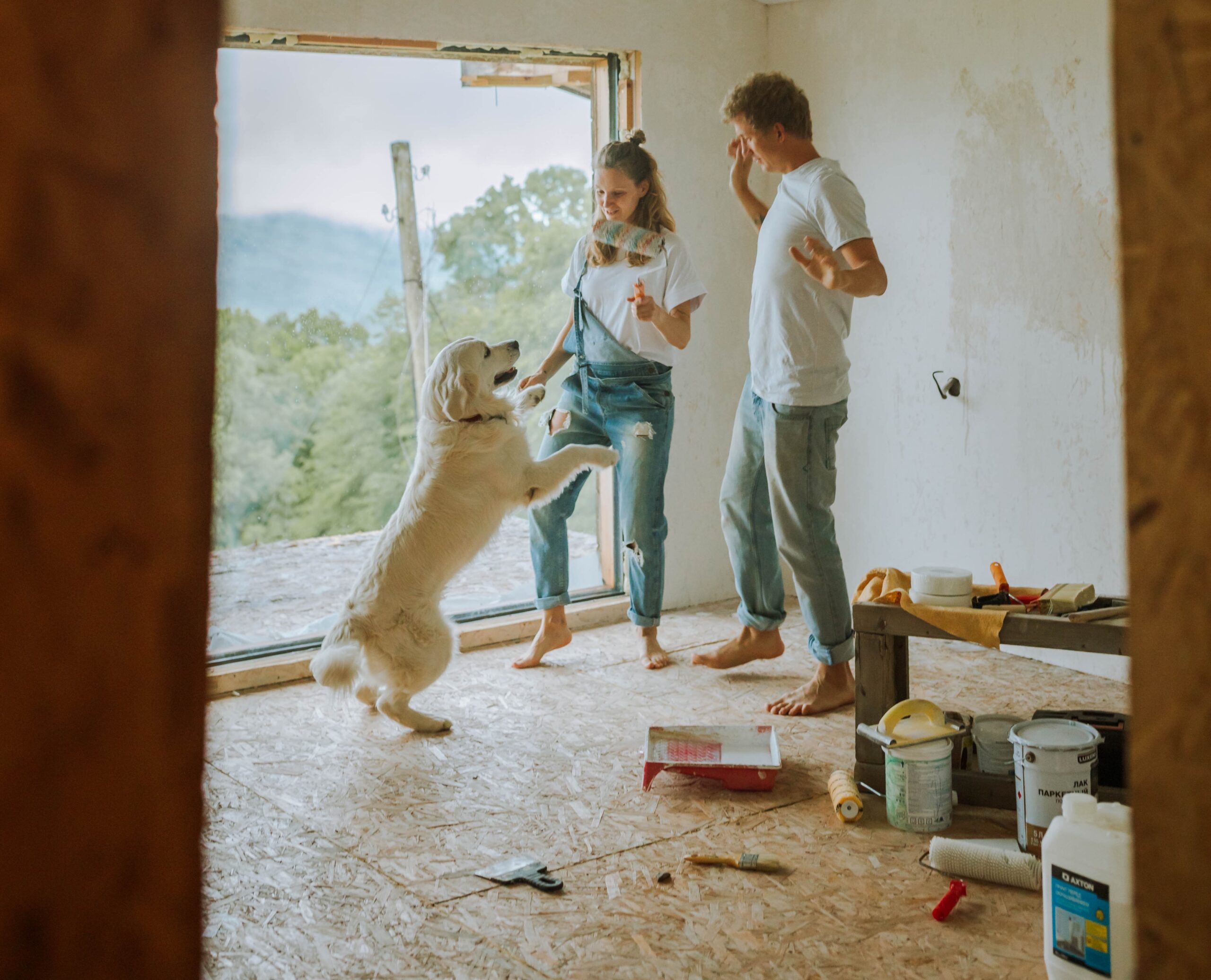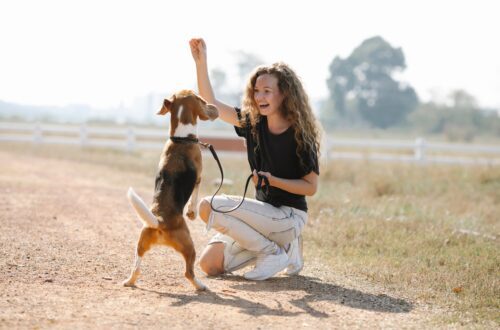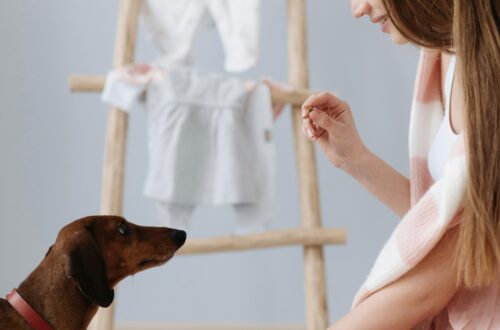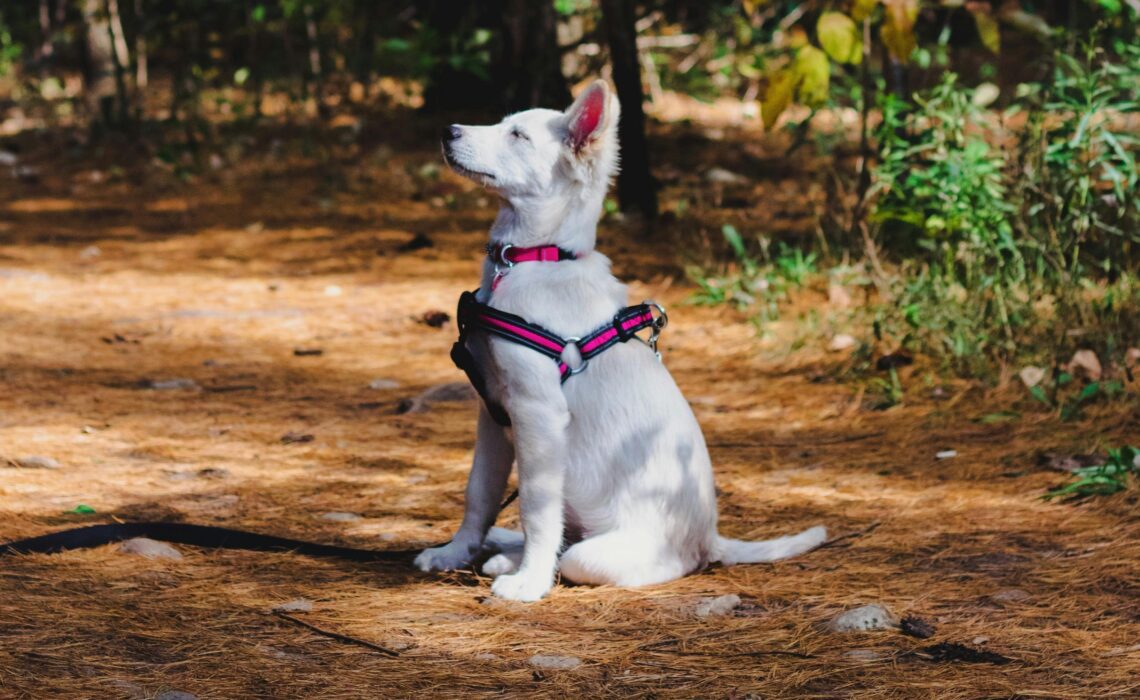
Dog Training: How to train your dog? Easy & Basic Commands |Session 2|
Give attention to your pet:
Everyone in the family may participate in the dog’s training process thanks to positive reinforcement. It doesn’t need you to use force, talk loudly, or put yourself or a family member in risk. The whole family is able to participate!
Encourage your family members to treat good with pet dog:
Allowing your child to utilize some dog training techniques, such leash corrections and punishment, might be risky. You may teach your kids your commands and give them a few dog treats at the same time by employing positive reinforcement. Kids can train your dog just as you do, as long as you watch over them.
Make your communication strong:
You may have clear communication with your dog when you use positive reinforcement. You choose the behavior you want from your dog and communicate your wishes to it by rewarding preferred behavior. Due to their need to please, dogs are more likely to repeat excellent behaviors when they receive praise for them.

How to train dog to urinate outside:
Sometimes punishment is not so obvious. Punishing a dog for inadvertent housebreaking is an excellent example. In this scenario, you either reprimand the dog for urinating on your carpet or use the tried-and-true method of hitting it with a rolled-up newspaper. Telling the dog that it’s not appropriate to urinate inside your house is your goal. Rather, dogs frequently discover that it is unsafe to urinate in your presence. This is among the causes of your dog’s accidents when left alone, even if you never appear to see them happen. Fear is just not a good method for a dog to learn things correctly, therefore there’s clearly a communication problem.
This kind of misunderstanding may be avoided with positive reinforcement. As in the case of house training, you should educate your dog to relieve himself outside instead of inside your house. You will praise your dog for the desired behavior—going outdoors to relieve themselves—instead of penalizing them. In this instance, you either provide your dog plenty of praise and goodies or allow it to go outdoors for fun once it has relieved itself.
Your dog will learn that while nothing occurs when it relieves itself indoors, nice things happen when it does so outdoors if you are patient and persistent with it. Because you were able to have a clear conversation with your dog, your dog will soon start eliminating outside in an attempt to reap the benefits.
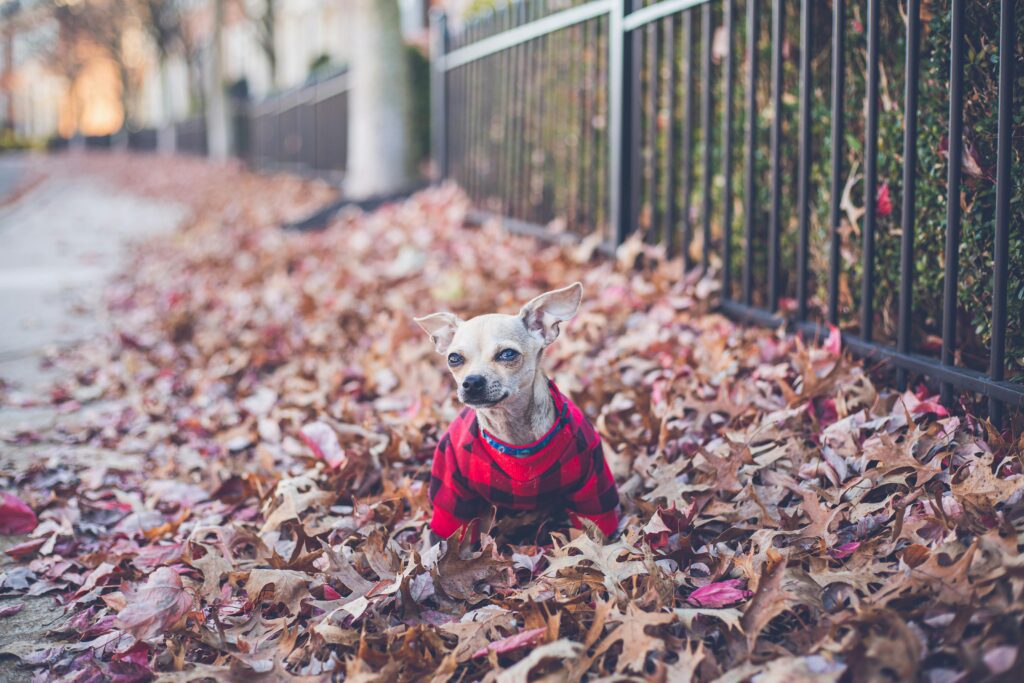
Train your dog as a fun:
Positive reinforcement training may be enjoyable for both you and your dog if you keep training sessions brief and energetic. Many dogs start to see training sessions as playtime after they see how many positive things training may bring about for them. Your dog will soon start displaying positive actions for you in the hopes of receiving incentives, and you’ll grin at how eager the dog is to learn new things.

Problems and solution in session 2:
Patience and consistency are essential for effective positive reinforcement. When your dog ignores an order, it may be rather annoying, and you might feel like snapping at them occasionally. Dogs interpret body language considerably more accurately than spoken cues, so it’s important to demonstrate your optimism in addition to vocalizing it.
When you start to lose your temper, calm down, realize that it’s only a puppy and that it’s doing its hardest, and take a big breath. With a grin and wide, eager eyes, begin afresh on a positive note. When your dog senses it, it will anticipate whatever you have planned for it next.
You should give your dog a variety of prizes that genuinely interest him. Offer a delicious treat that is exclusive to training when introducing a new command or addressing significant problem behaviors. As your dog recovers, you may reward them with their favorite toy or switch to normal snacks. Never stop praising someone. Soon, your adoration will be sufficient for their good work, and you won’t need to give them rewards every time. You can even teach your dog to use a doggie doorbell to let you know when it’s time to go outside if you are patient and give it good rewards.



